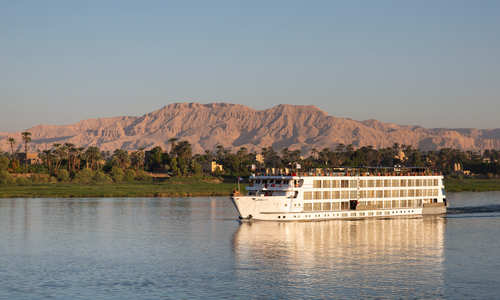Introduction
Karnak temple lies on the eastern bank of the Nile, a few kilometres from Luxor. It's the largest pharaohnic monument in Egypt after the Pyramids of Giza, a vast and well-preserved complex built over a period of a thousand years. Among the contributing pharaohs were Thutmosis I, Seti I, Hatshepsut and Rameses II.
Karnak's ancient Egyptian name was Ipet-isut - The Most Esteemed of Places - and the French writer Flaubert, who travelled in Egypt in the 19th century, said that it gave "the impression of a life of giants."
Much of the stonework has crumbled over the years, but the ruins are still astounding. Blocks of masonry lie scattered on the grounds among its many pillars, statues, shrines and obelisks dedicated to Amun, Mut and Khonsu, the gods of Thebes. The gigantic Temple of Amun lies at the heart of the Karnak temple complex, approached via the Avenue of Ram-Headed Sphinxes.







